Preparing Your Garden for Winter: An October Action Plan
As the vibrant colours of autumn reach their peak, a certain crispness in the air signals a change. For gardeners across the UK, October is a pivotal month. It's our last chance to put the garden to bed properly, ensuring it not only survives the coming frost and gales but emerges stronger and more beautiful next spring. Think of it as a final, loving tuck-in for your green spaces.
This guide is your complete action plan for October. We’ll walk through everything you need to do, from protecting your precious plants and tidying your lawn to making your garden a haven for winter wildlife. Let’s get our hands dirty one last time before the winter chill sets in!
Protect Your Prized Plants and Trees
The first frosts can arrive unexpectedly, catching tender plants off guard. A little protection now goes a long way in preserving your garden's structure and prize specimens.
Bring Tender Plants Indoors
Your potted treasures like citrus trees, succulents, and tropical ferns won’t stand a chance against a British winter. It's time to bring them inside. Before you do, give them a thorough check for any unwanted hitchhikers like aphids or spider mites. A quick spray with a gentle insecticidal soap can prevent pests from spreading to your houseplants. Place them in a bright spot, like a conservatory or near a south-facing window.
Wrap Up Warm with Mulch
Mulch is like a winter duvet for your plant roots. Applying a thick layer (about 5-10cm) of organic matter like bark chips, straw, or well-rotted leaf mould around the base of perennials, shrubs, and trees provides essential insulation. This blanket protects roots from freezing, helps retain soil moisture, and suppresses early spring weeds.
Shield Young Trees
Young trees, especially fruit trees with thin bark, are vulnerable to 'frost cracking'. This happens when the sun warms the trunk during the day, and then the temperature plummets at night, causing the bark to split. To prevent this, wrap the trunks with burlap or specialised tree wrap. Remember to water your evergreens, like conifers and rhododendrons, deeply before the first hard frost to prevent their foliage from drying out in the cold winds—a condition known as winter burn.
Prepare Your Lawn for a Winter Nap
Your lawn has worked hard all summer. Now it’s time to help it prepare for its long rest, ensuring it returns lush and green next year.
The Final Mow
Give your lawn one last cut in October, but don't scalp it. Lower the mower blades slightly to around 2-3 inches. This shorter length helps prevent the grass from becoming matted down under snow, which can lead to fungal diseases like snow mould.
Rake and Revitalise
Fallen leaves might look beautiful, but they can suffocate your lawn if left in a thick layer. Rake them up thoroughly. Don't throw them away! Add them to your compost heap to create a wonderfully rich 'leaf mould' compost, or use them as mulch around your shrubs. If your lawn feels compacted, aerating it with a garden fork will improve drainage and allow oxygen to reach the roots. Follow this up with a slow-release autumn lawn feed, which is low in nitrogen but high in potassium and phosphates to encourage strong root growth over winter.
Tidy Up Your Flower Beds
A little bit of attention now will set your flower beds up for a spectacular display when spring arrives.
Cut Back Perennials (But Not All of Them)
Most herbaceous perennials, like hostas and delphiniums, will die back naturally. Once the foliage has yellowed and flopped over, it's best to cut them back to about 2-3 inches above the ground. This tidies the garden and removes hiding spots for slugs and snails.
However, consider leaving the skeletal seed heads of plants like echinacea (coneflowers), sedums, and ornamental grasses. They look magnificent when dusted with frost and provide a vital food source for birds like goldfinches throughout the winter.
Plant Bulbs for Spring Joy
October is the prime time for planting spring-flowering bulbs. Now is the moment to get those tulips, daffodils, crocuses, and alliums into the ground. Planting them now gives them plenty of time to establish their roots before winter. Imagine the glorious burst of colour that will greet you as the weather warms—it’s a gift to your future self.
Winter-Proof Your Vegetable Patch
Even the vegetable garden needs some end-of-season care to ensure healthy, productive soil for next year's crops.
Final Harvest and Clear Out
Gather the last of your frost-sensitive crops, such as tomatoes, peppers, and courgettes. Any unripe green tomatoes can be brought indoors to ripen on a sunny windowsill. Once harvested, remove all dead plant material and weeds. This is crucial for preventing pests and diseases from overwintering in the soil and debris.
Tuck Your Soil in with Cover Crops
Instead of leaving your soil bare and exposed to winter rains, which can wash away precious nutrients, consider sowing a cover crop, also known as green manure. Varieties like winter rye, clover, or field beans are excellent choices. They protect the soil structure, suppress weeds, and can be dug back into the ground in early spring to add a fantastic boost of nitrogen and organic matter.
Protect Your Pots and Containers
Freezing temperatures can be fatal for pots, especially terracotta and ceramic ones, which are prone to cracking.
First, move your pots to a more sheltered location, such as against a house wall or grouped together, which helps create a warmer microclimate. For extra protection, wrap pots in bubble wrap or burlap. Raising them off the ground onto pot 'feet' is also a great idea, as it prevents them from becoming waterlogged and freezing solid from the bottom up. Finally, be sure to empty any saucers or decorative urns of water to stop them from freezing and shattering.
Create a Wildlife-Friendly Haven
Your garden can be a lifeline for wildlife during the harsh winter months. A few simple actions can make a world of difference.
Leave a corner of your garden a little wild. A small pile of logs, twigs, and leaves provides the perfect hibernation spot for hedgehogs, toads, and beneficial insects like ladybirds. As mentioned, leaving seed heads on plants provides a natural bird feeder. You can supplement this by setting up bird feeders and providing fresh water in a clean birdbath.
Final Garden Maintenance Tasks
With the main jobs done, a few final checks will leave your garden and tools in perfect shape for spring.
- Clean and Store Tools: Don’t just throw your tools in the shed. Clean off any mud, sharpen blades on secateurs and shears, and wipe metal parts with an oily rag to prevent rust.
- Drain and Store Hoses: Disconnect your garden hose, drain it completely, and store it indoors. This prevents water from freezing inside, which can cause the hose to split.
- Inspect Structures: Check fences, trellises, and arches for any damage. A wobbly fence post is much easier to fix now than after a winter storm has brought it down.
- Turn the Compost: Give your compost pile one last turn to mix everything together and keep it active through the colder months.
By dedicating a few weekends in October to these tasks, you’ll not only protect your garden from the worst of winter but also lay the groundwork for a stunning and healthy display next year. Now, you can hang up your trowel, put the kettle on, and enjoy a well-deserved rest, knowing your garden is sleeping soundly.
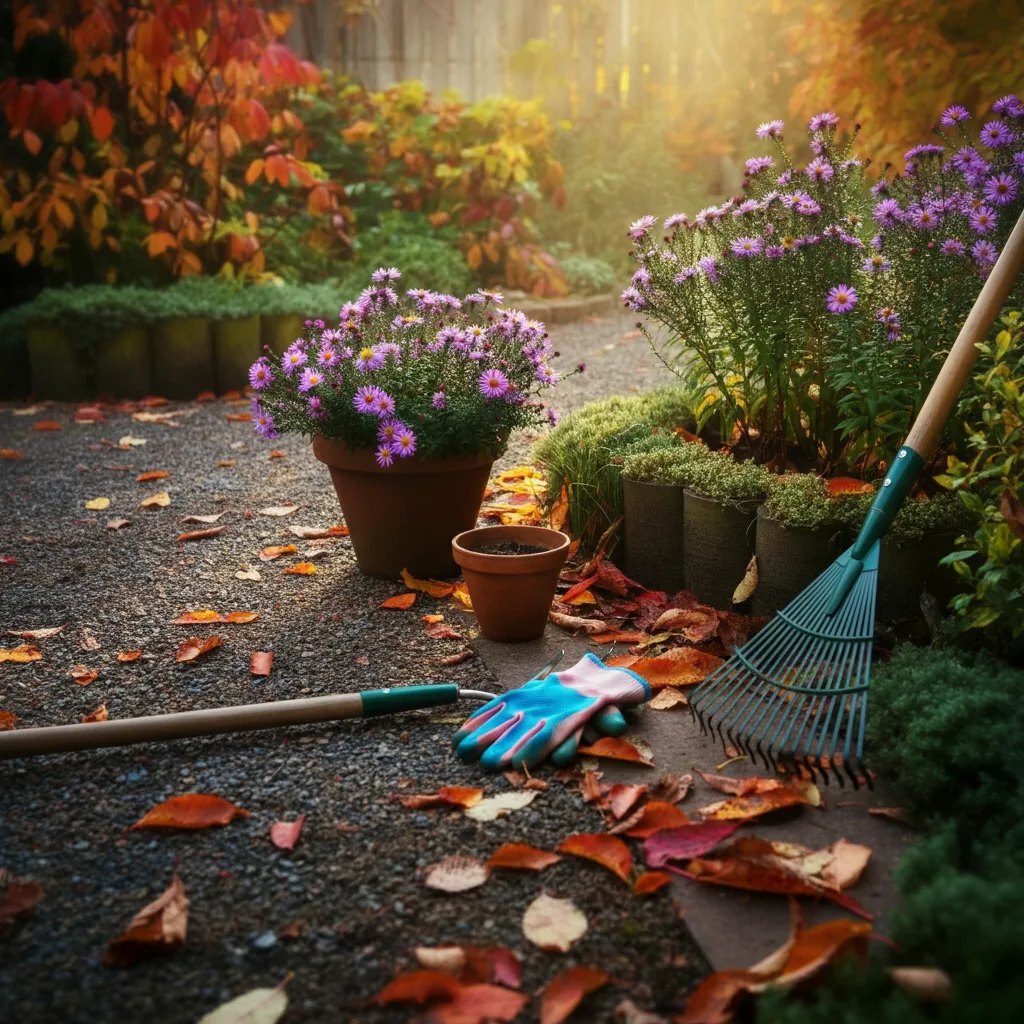
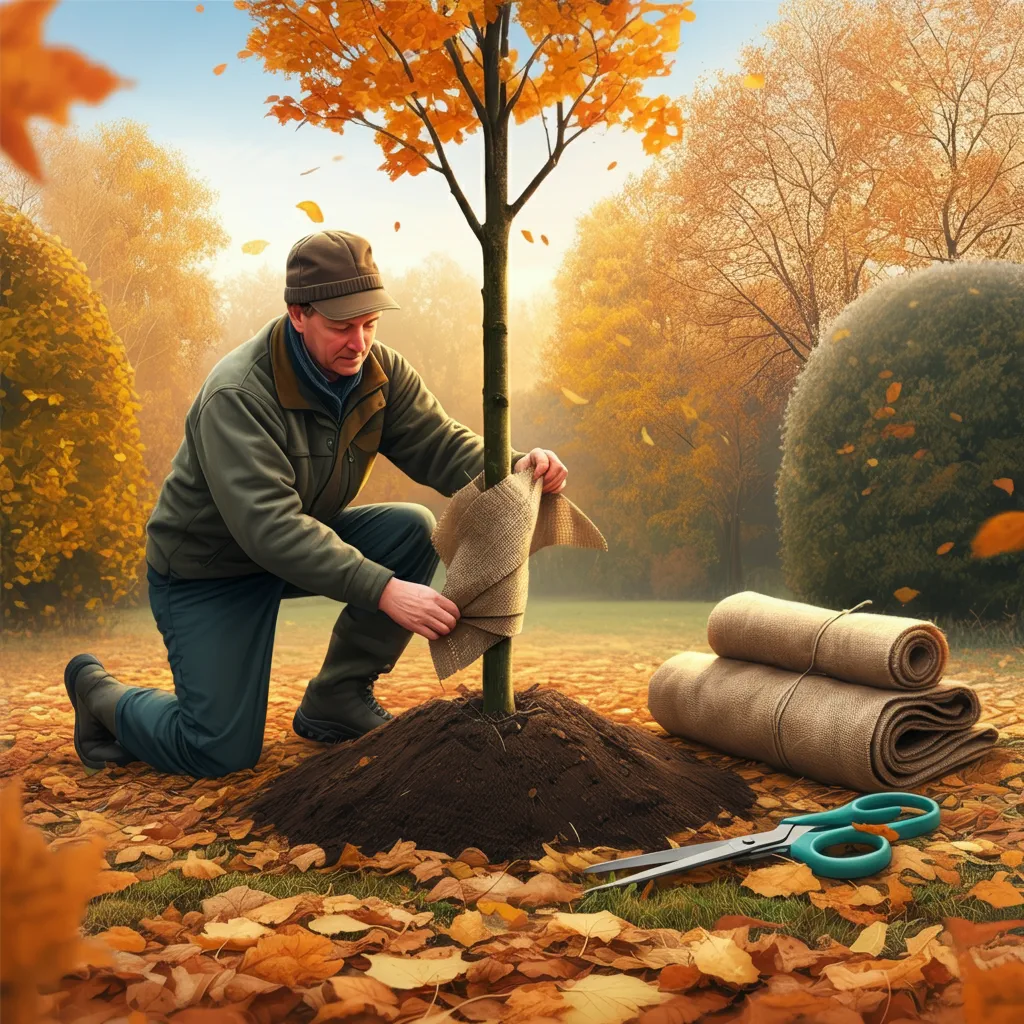
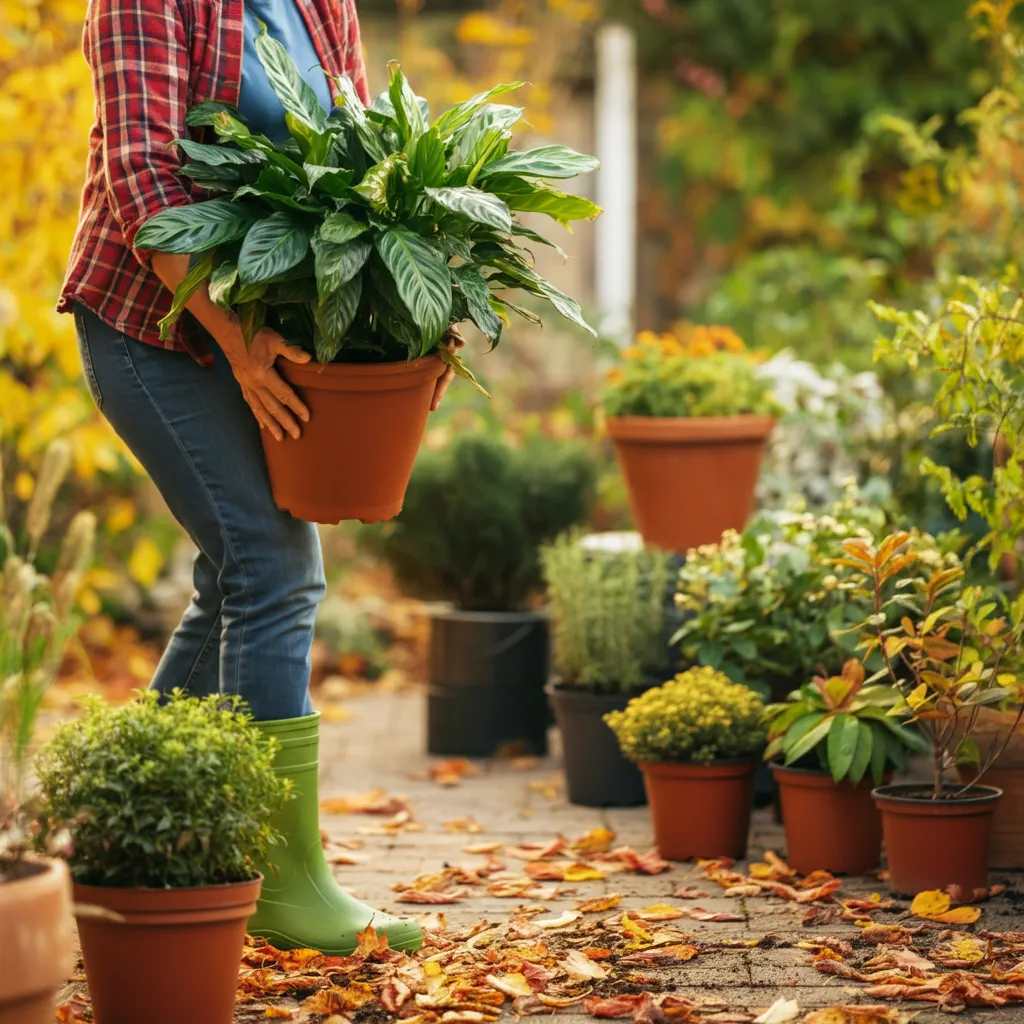
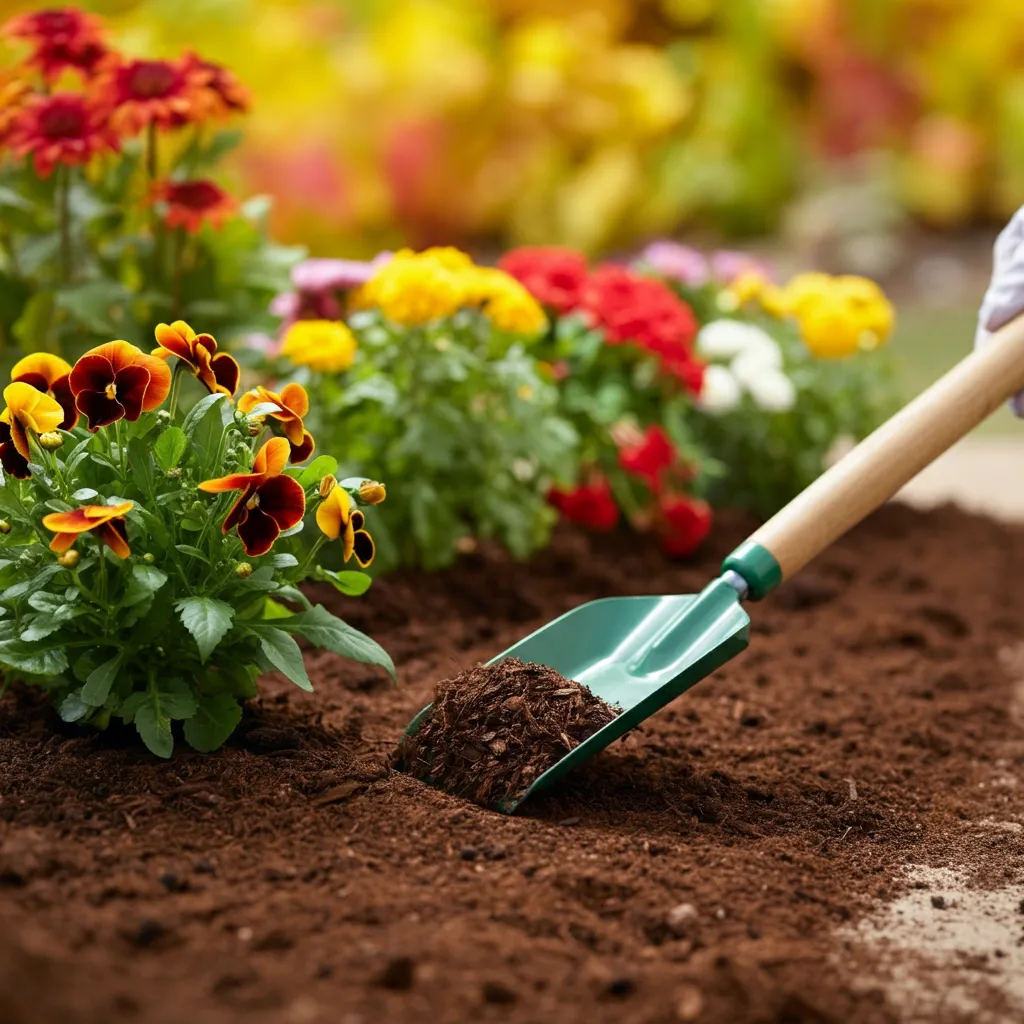
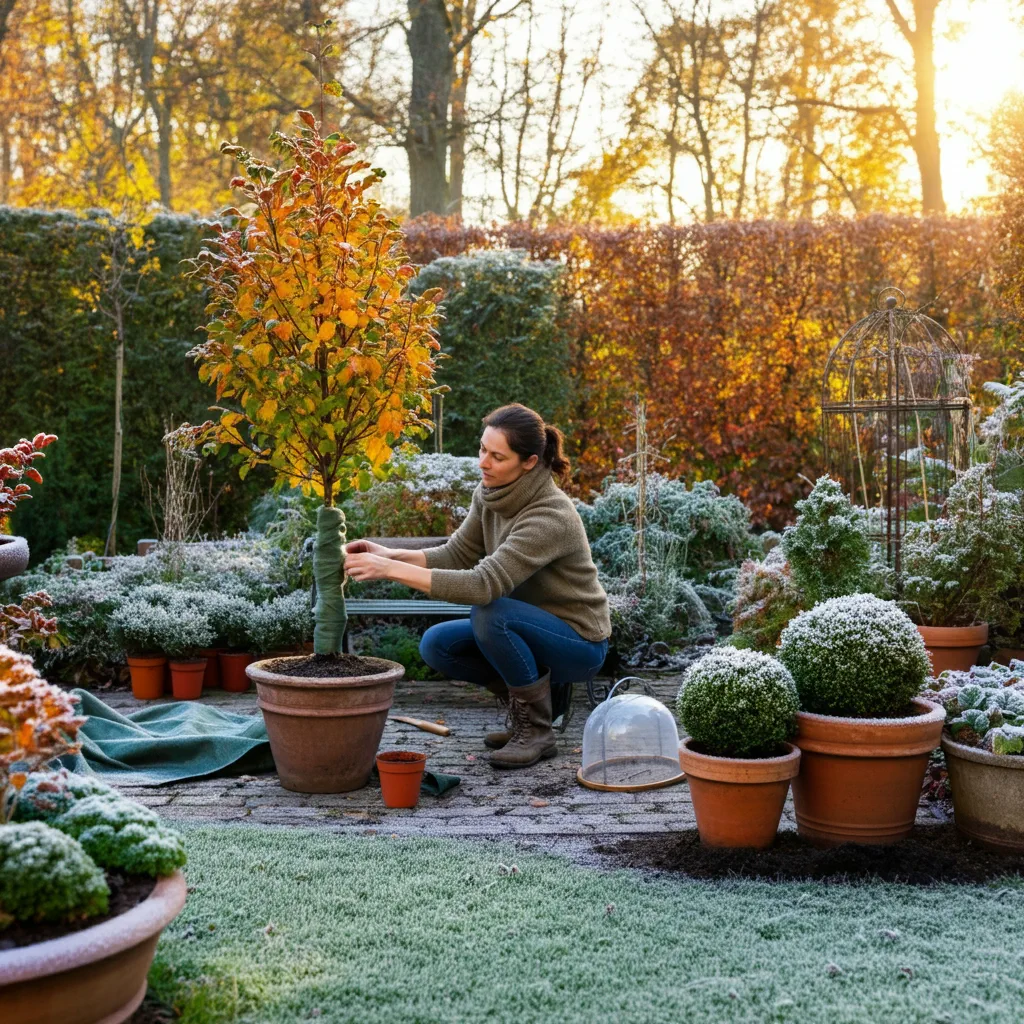
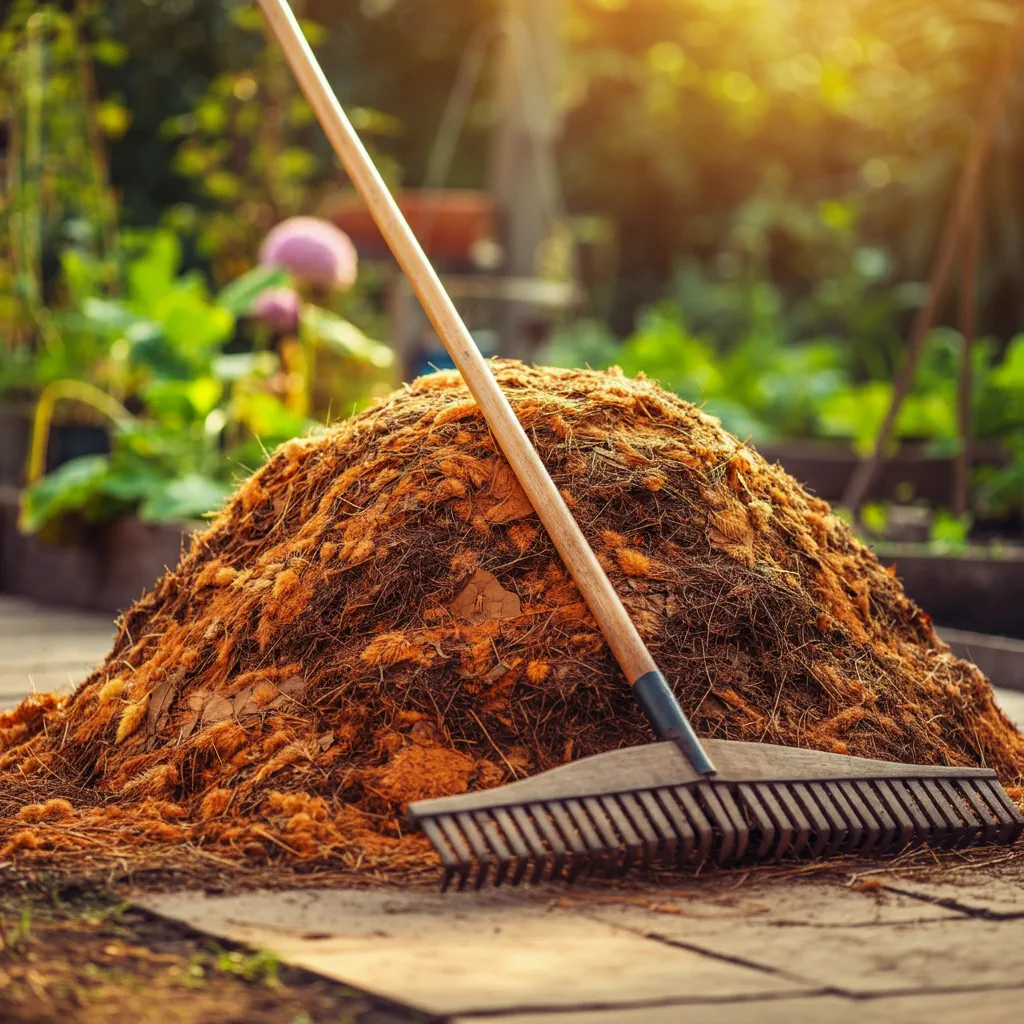
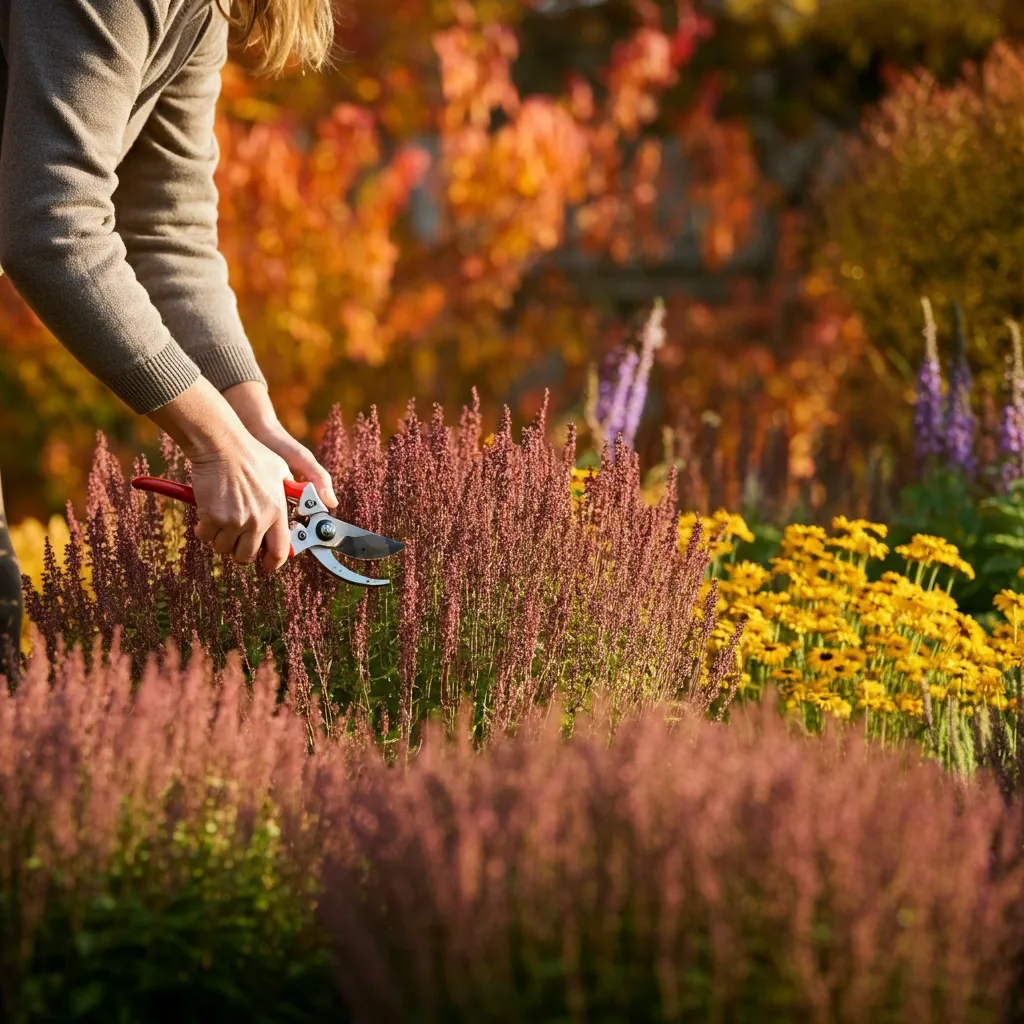
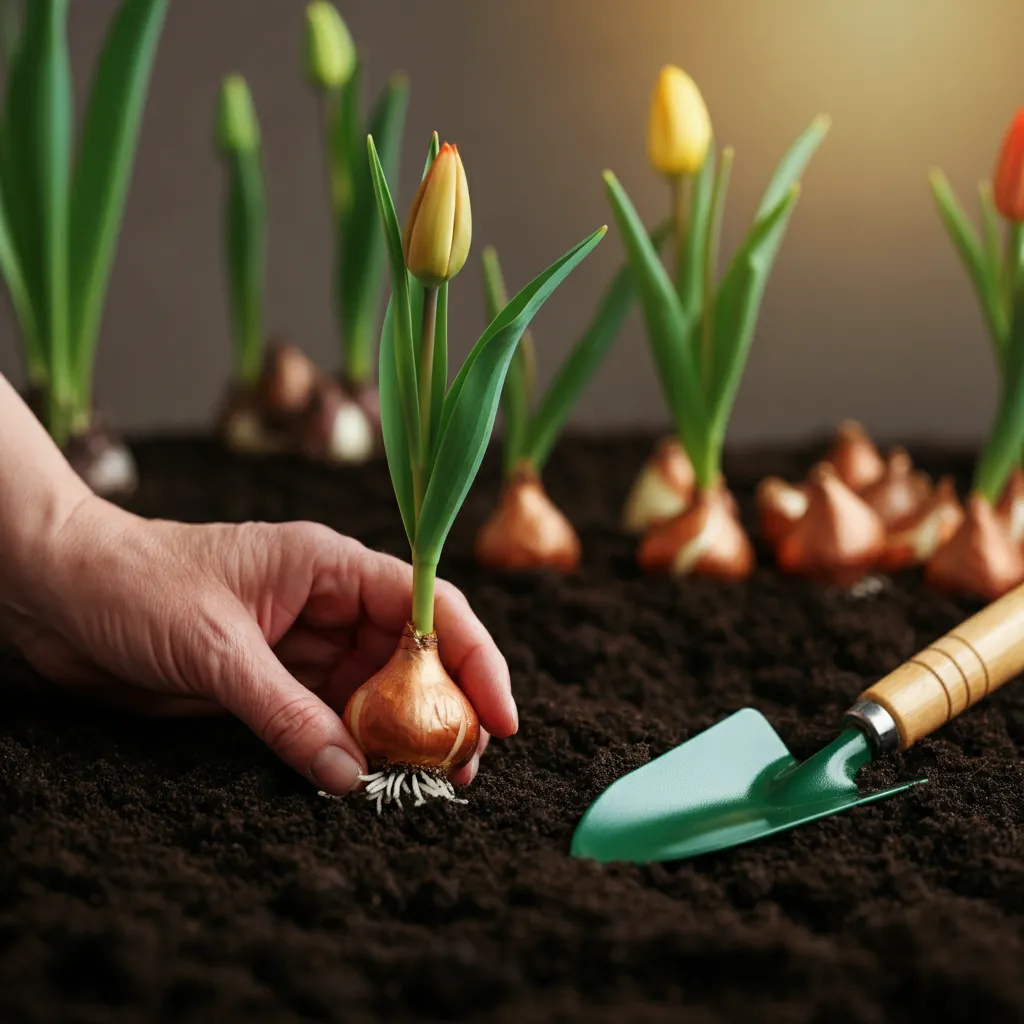
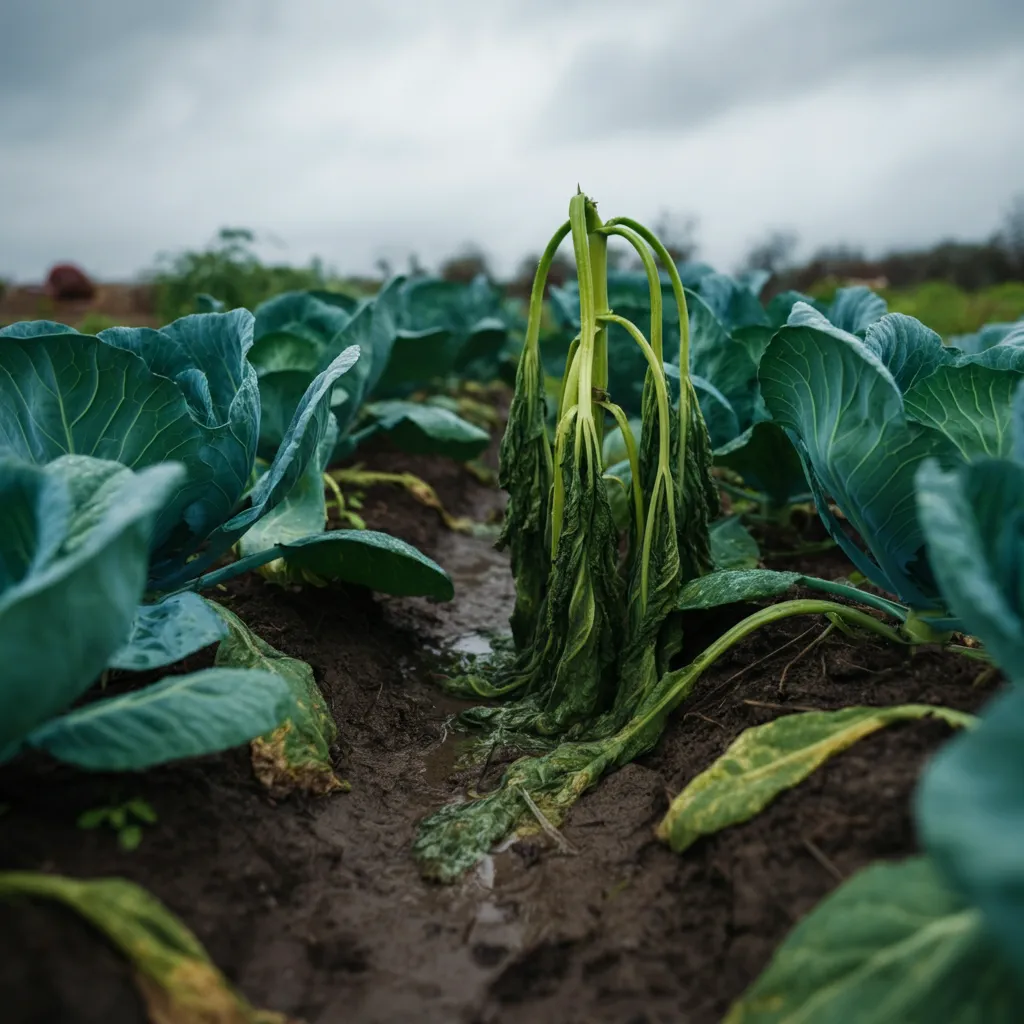
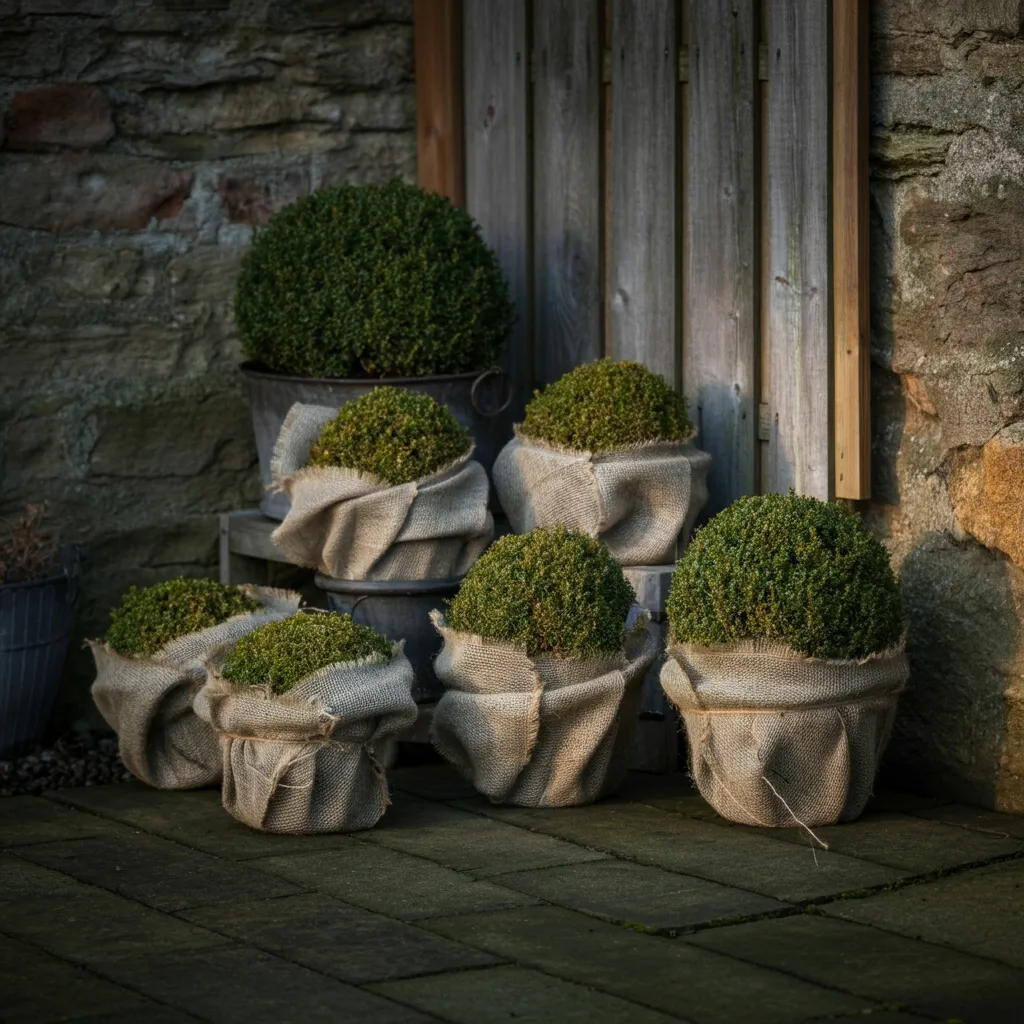
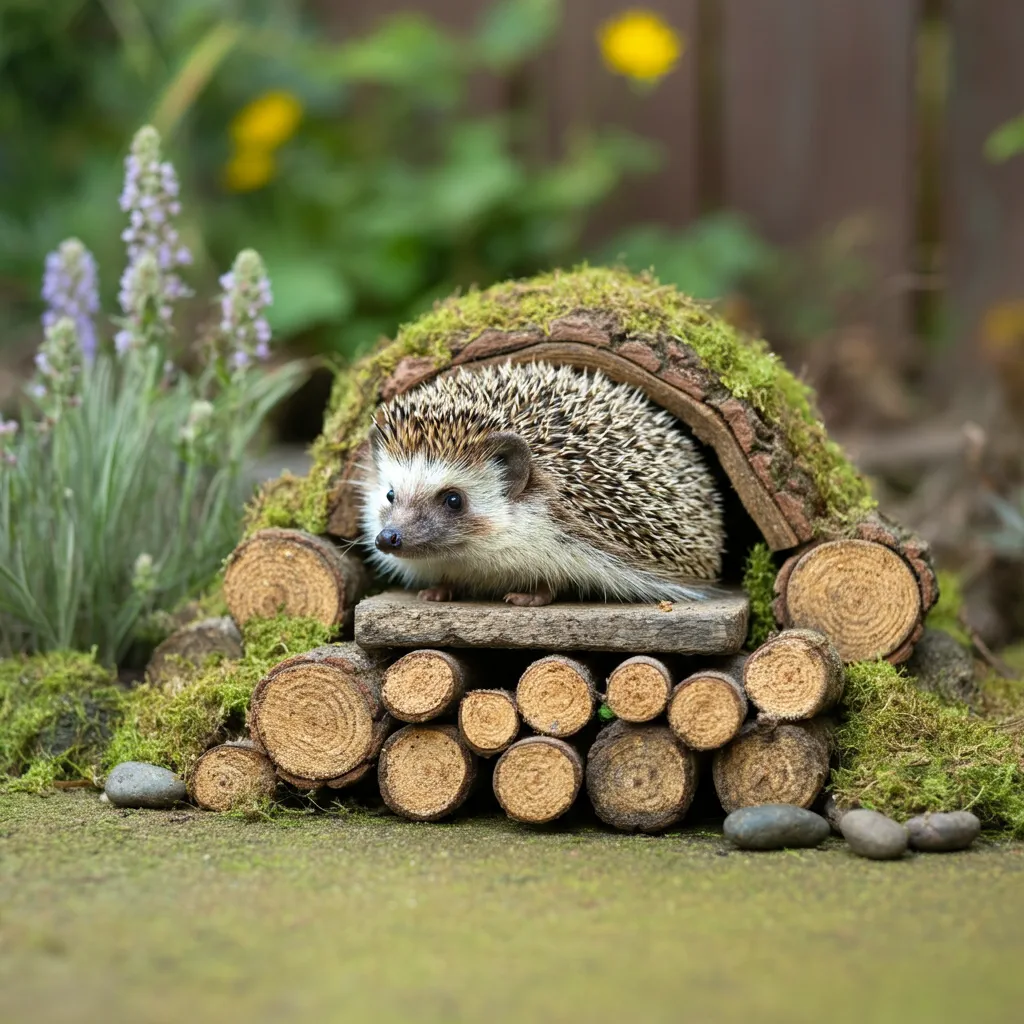
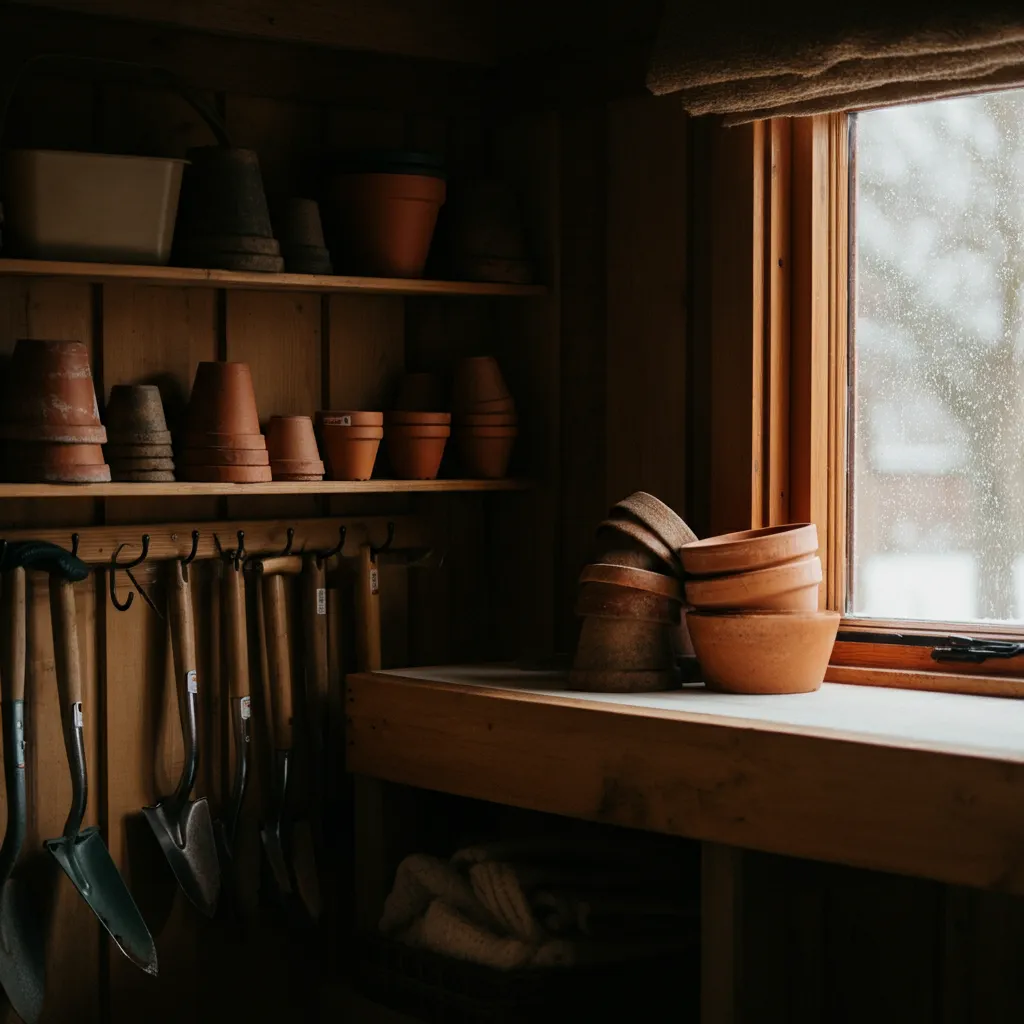











Community Feedback